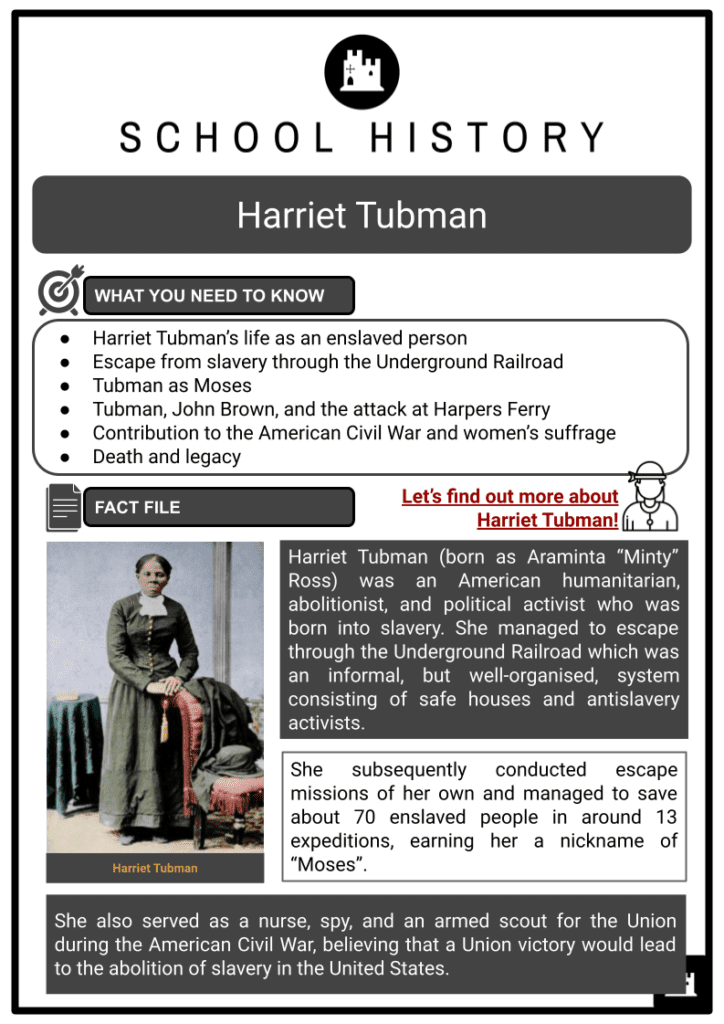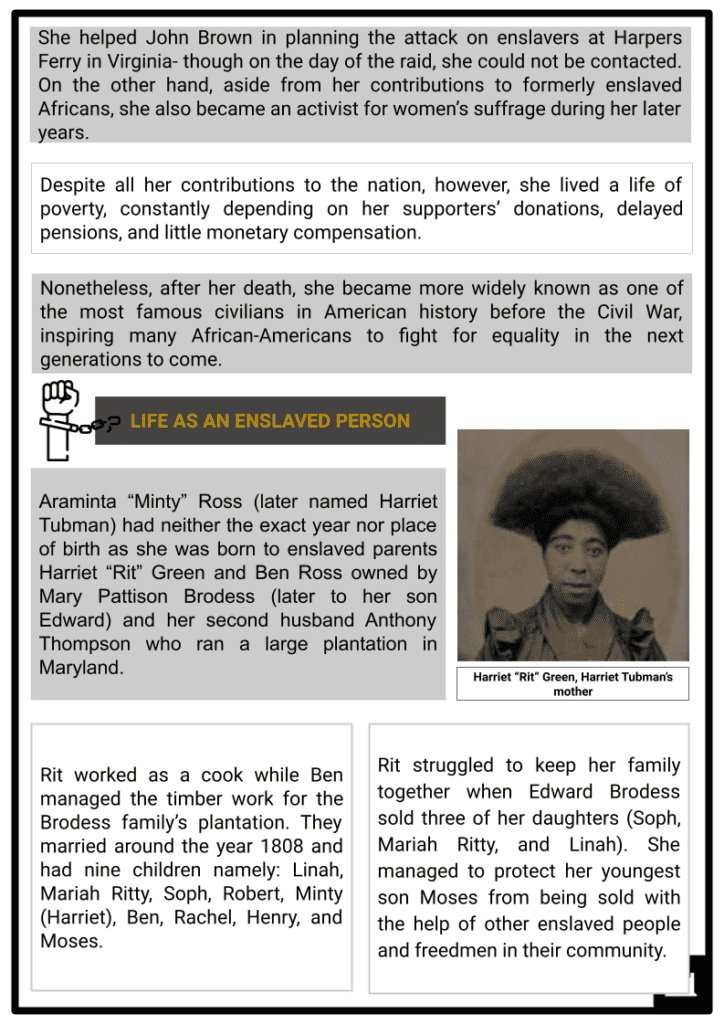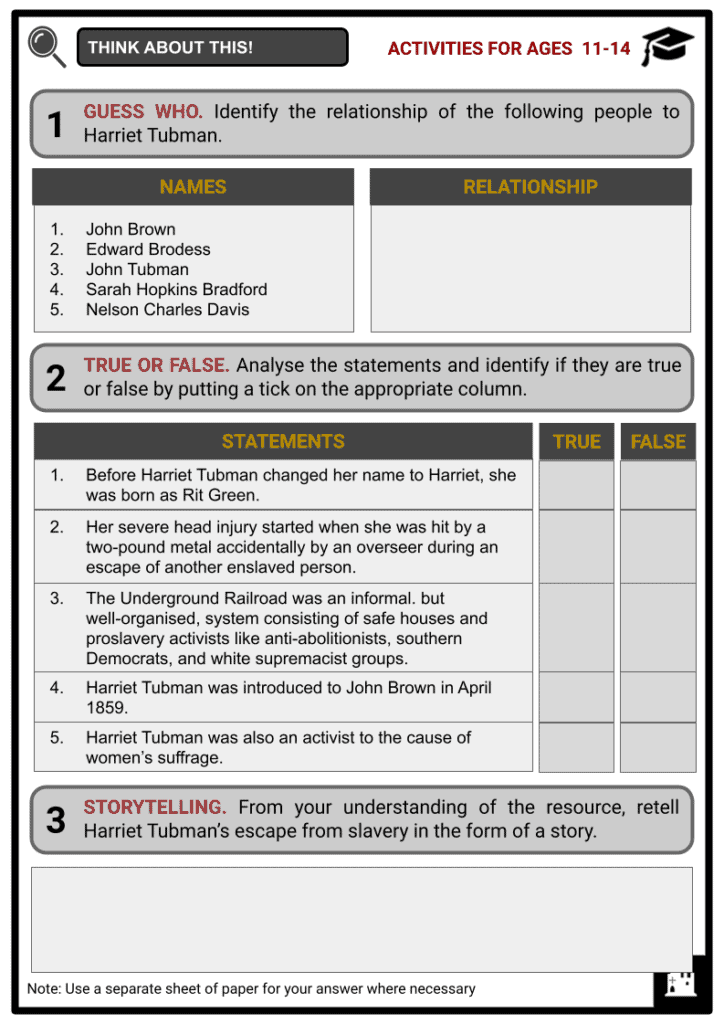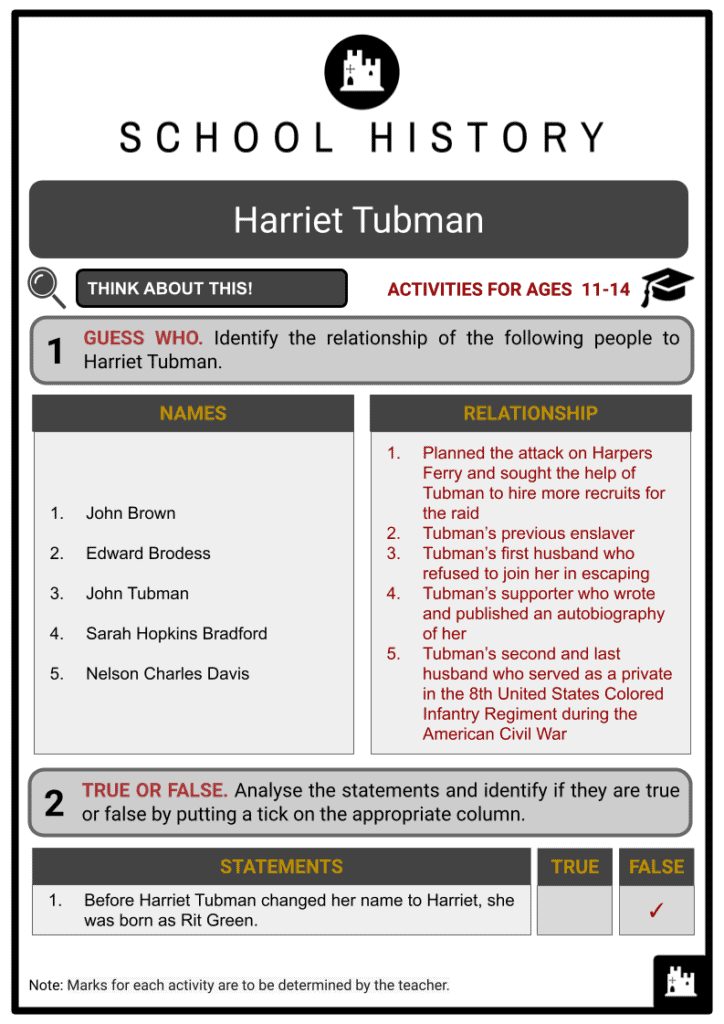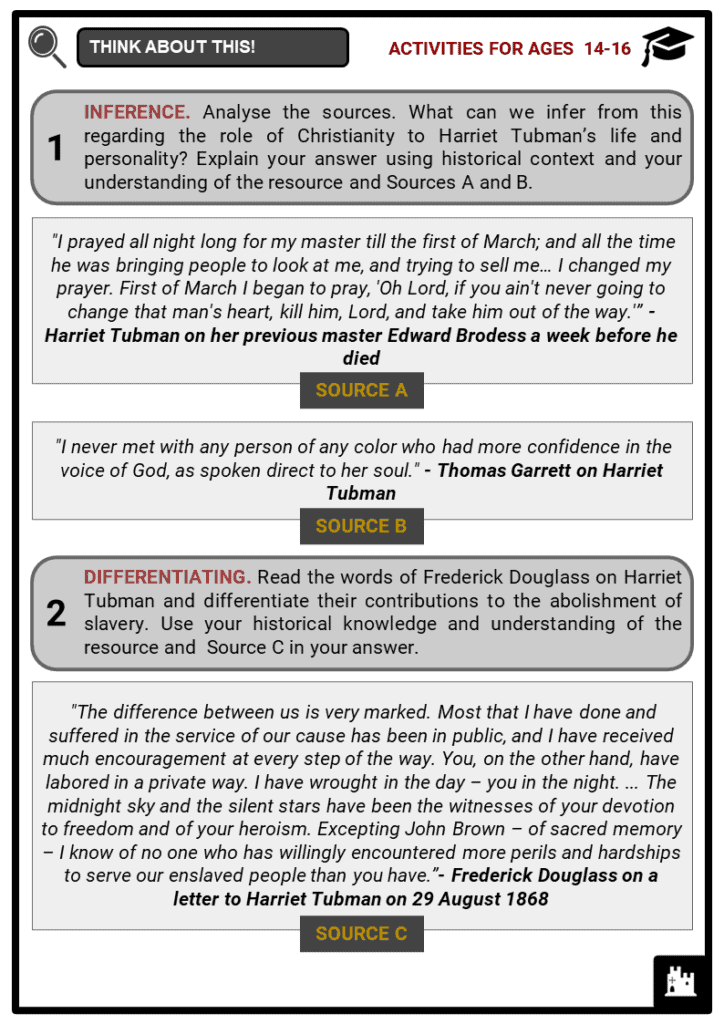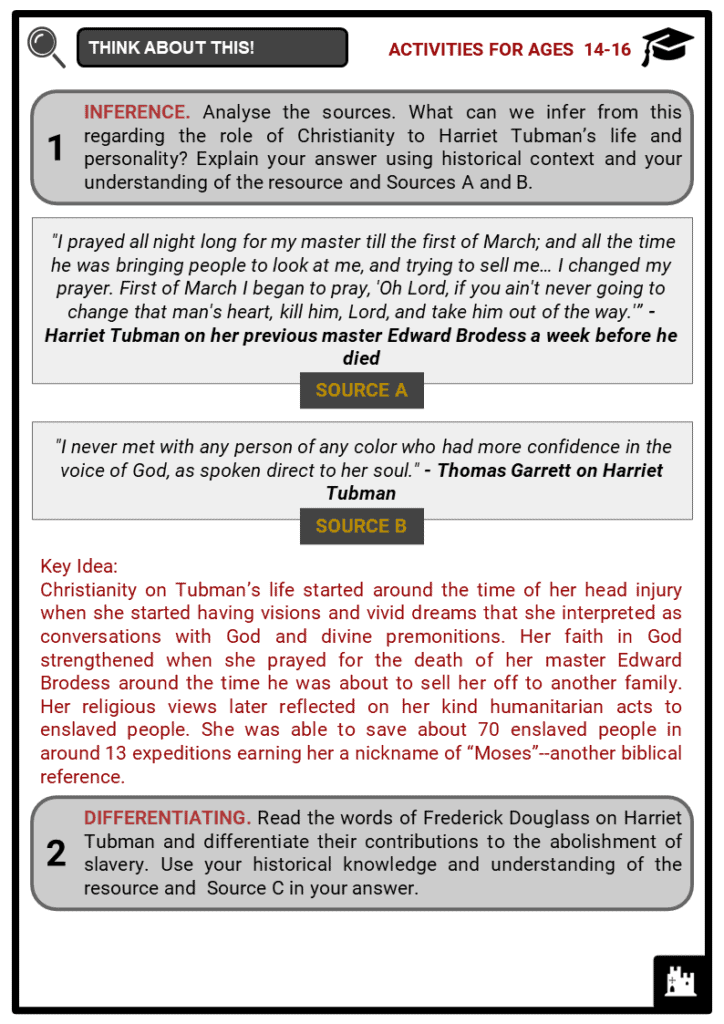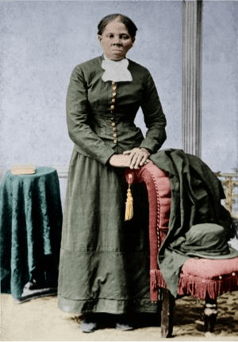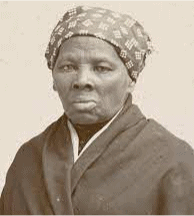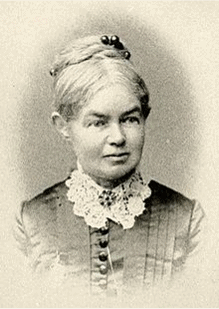Download Harriet Tubman Worksheets
Do you want to save dozens of hours in time? Get your evenings and weekends back? Be able to teach Harriet Tubman to your students?
Our worksheet bundle includes a fact file and printable worksheets and student activities. Perfect for both the classroom and homeschooling!
Table of Contents
Add a header to begin generating the table of contents
Summary
- Harriet Tubman’s life as an enslaved person
- Escape from slavery through the Underground Railroad
- Tubman as Moses
- Tubman, John Brown, and the attack at Harpers Ferry
- Contribution to the American Civil War and women’s suffrage
- Death and legacy
Key Facts And Information
Let’s find out more about Harriet Tubman!
- Harriet Tubman (born as Araminta “Minty” Ross) was an American humanitarian, abolitionist, and political activist who was born into slavery. She managed to escape through the Underground Railroad which was an informal, but well-organised, system consisting of safe houses and antislavery activists.
- She subsequently conducted escape missions of her own and managed to save about 70 enslaved people in around 13 expeditions, earning her a nickname of “Moses”.
- She also served as a nurse, spy, and an armed scout for the Union during the American Civil War, believing that a Union victory would lead to the abolition of slavery in the United States.
- She helped John Brown in planning the attack on enslavers at Harpers Ferry in Virginia- though on the day of the raid, she could not be contacted. On the other hand, aside from her contributions to former enslaved people, she also became an activist for women’s suffrage during her later years.
- Despite all her contributions to the nation, however, she lived a life of poverty, constantly depending on her supporters’ donations, delayed pensions, and little monetary compensation.
- Nonetheless, after her death, she became more widely known as one of the most famous civilians in American history before the Civil War, inspiring many African-Americans to fight for equality in the next generations to come.
Life As An Enslaved Person
- Araminta “Minty” Ross (later named Harriet Tubman) had neither the exact year nor place of birth as she was born to enslaved parents Harriet “Rit” Green and Ben Ross owned by Mary Pattison Brodess (later to her son Edward) and her second husband Anthony Thompson who ran a large plantation in Maryland.
- Rit worked as a cook while Ben managed the timber work for the Brodess family’s plantation. They married around the year 1808 and had nine children namely: Linah, Mariah Ritty, Soph, Robert, Minty (Harriet), Ben, Rachel, Henry, and Moses.
- Rit struggled to keep her family together when Edward Brodess sold three of her daughters (Soph, Mariah Ritty, and Linah). She managed to protect her youngest son Moses from being sold with the help of other enslaved people and freedmen in their community.
- Brodess later backed away and abandoned the selling of Moses after Rit told him and the trader, “You are after my son; but the first man that comes into my house, I will split his head open”.
- However, later on, she would be assigned to a bigger house with more chores to do that she would barely have time for her own family.
- When Tubman was five years old, she was ordered by Brodess to take care of a baby. She later recounted her experience of being lashed five times before breakfast because the baby woke up and cried. She got numerous scars from these lashes and she carried them for the rest of her life.
- Nonetheless, she found ways to resist from the beatings. Sometimes she would run far away for days, or wear thick protective clothing against the beatings. If she was feeling brave enough that day, she would fight back.
- She also worked for planter James Cook who tasked her to check muskrat traps in nearby marshes. After contracting measles, she became very sick that she had to be sent back to Brodess for her mother to take care of her.
- Nevertheless, Brodess hired her out again after getting better. As she grew older, she was given more difficult jobs like forest work, hauling logs, and plowing.
- During her adolescence, she suffered a severe head injury. This was caused by a heavy metal of two pounds being thrown at her head accidentally by an overseer who wanted to throw it at an enslaved person attempting to flee.
- As Tubman was merely an enslaved person back then, she was returned to her enslaver receiving no medical care for two days. The incident led to seizures and extreme headaches that remained with her for the rest of her life.
- Tubman later began having visions and vivid dreams that she interpreted as conversations with God and divine premonitions. She acquired a passionate faith in God through this spiritual experience. Moreover, her religious perspective in life had a tremendous effect on her personality and informed her actions throughout her life.
- She then married John Tubman in 1844. Since he was a free black man, their union was complicated because of Harriet’s enslaved status. It was around this time when she changed her name from Araminta to Harriet, possibly as part of her religious conversion or to give honour to another relative.
Escape From Slavery: The Underground Railroad
- In 1849, Brodess tried to sell Harriet Tubman off because of her ill health that diminished her value as an enslaved person. He failed to do so as he died soon after; thus, there was now a more likely chance for Tubman to be sold to another family.
- Instead of merely waiting to be sold to another white family, Tubman decided to plan an escape despite her husband dissuading her. On 17 September 1849, Tubman escaped from slavery with her brothers, Ben and Henry.
- Two weeks after their absence, Eliza Brodess (Edward’s widow) posted a runaway notice offering a $100 reward for each sibling returned. Tubman went back after her brothers forced her to. Nonetheless, she was able to escape again, but this time without her brothers since they had no intentions of escaping due to an unlikely chance of survival.
- Tubman didn’t exactly plan out her destination after her escape as she only made use of the Underground Railroad which was an informal, but well-organised system, consisting of safe houses and antislavery activists like abolitionists, Quakers, and enslaved blacks.
- Her first stop during her escape was a small Quaker community in the Preston area near Poplar Neck.
- Historians suggest that from here, she took a common route, walking 90 miles by foot for around three weeks, travelling to the northeast along the Choptank River, through Delaware, and then north into Pennsylvania.
- To avoid slave catchers, Tubman had to travel only at nighttime with the help of so-called “conductors” of the Underground Railroad who used deceptions for protection. She also had her own way to protect herself using her familiarity with the woods and marshes of the region.
- Though an account of her journey was unknown, Tubman later recalled what she felt after crossing the line into Pennsylvania:
- “When I found I had crossed that line, I looked at my hands to see if I was the same person. There was such a glory over everything; the sun came like gold through the trees, and over the fields, and I felt like I was in Heaven.”
Tubman As Moses
- Though safe and now free, Harriet Tubman felt homesick as her family was not with her after she reached Philadelphia. At that time, the Fugitive Slave Law--a law that increased the risks of runaway enslaved people--was passed in 1850. In addition, racial tensions were also high because of work competition with poor Irish immigrants; thus Tubman had to work odd jobs to save money.
- In 1850, Tubman was able to bring her niece Kessiah and her two children, six-year-old James Alfred, and baby Araminta to Philadelphia after helping them escape when she heard they were being sold in Cambridge.
- The next year, she was also able to recover her brother Moses, though she failed in bringing her husband as he refused to come claiming he was already happy with his new wife Caroline.
- Tubman, while suppressing her anger towards her husband, found other enslaved people on her way back. Like her, they also wanted to escape slavery, so she led them to Philadelphia. This would not be the last time she would help others, however.
- For over 11 years, Tubman continued guiding unidentified groups of fugitives- rescuing about 70 enslaved people in around 13 expeditions. She was also able to include her aging parents, brothers, and her brothers’ family in her rescues. Despite the efforts of enslavers, none of those fugitives whom Tubman helped escape were ever captured. To quote Tubman in an interview years later: "I was conductor of the Underground Railroad for eight years, and I can say what most conductors can't say – I never ran my train off the track and I never lost a passenger."
- Her efforts to free the enslaved granted her the nickname “Moses”--the prophet from the Book of Exodus who led the Hebrews to freedom from Egypt.
John Brown And Harpers Ferry
- Harriet Tubman, in April 1858, was introduced to known abolitionist John Brown, who advocated violence to end the system of slavery in the United States. Despite Tubman disagreeing with his militant views, she agreed and supported him.
- When Brown was planning the attack on enslavers at Harpers Ferry, Virginia, Tubman was recruited because of her knowledge on support networks and resources in border states. Brown thought that making the first attack would strike a rebellion among the enslaved population. Despite the intense planning, however, his attack failed and he was convicted of treason, murder, and inciting a slave rebellion that led to him being hanged in December of the same year.
- At the time of the raid, Tubman could not be contacted. Some historians say that she was busy tending to her family, or that she was very ill. Others propose that she was recruiting more enslaved people to join the raid, or that she began doubting the idea of the feasibility of Brown’s plan. However, after Brown’s death, Tubman was all praise saying that: “He done more in dying, than 100 men would in living."
American Civil War
- When the Civil War broke out in 1861, Tubman hoped to offer her knowledge and skills to the Union cause as she believed that the victory of the Union would eventually lead to the abolition of the system of slavery in the United States.
- Soon enough, Tubman began to join a group of abolitionists and assisted fugitives in South Carolina who were gathering to create a regiment of African-American soldiers. She particularly served as a nurse in Port Royal where she tended to men with diseases or men injured from the war.
- Her kindness and thoughtfulness to those in need was further proven when she gave up her ration of supplies she received from the government so as to ease the tension with blacks who suggested that she was getting special treatment. She provided for her own supplies by selling root beer and pies to earn money.
Women Suffrage
- Aside from her contributions to formerly enslaved people, Harriet Tubman was also an activist for the cause of women’s suffrage. She attended suffragist meetings and worked alongside Susan B. Anthony and Emily Howland.
- She travelled to numerous states to speak out for women’s voting rights and became a keynote speaker for the National Federation of Afro-American Women during their very first meeting after its creation in 1896.
- In light of this activism from Tubman, the Women’s Era publication included a profile of her during its series of articles collectively titled “Eminent Women”. In addition, she was also honoured in an 1897 suffragist newspaper for her lifetime service to the nation.
Later Life And Poverty
- The ironic thing about Harriet Tubman’s life was that despite her services that went on for years, she never once received compensation nor regular salary or government pension for her hard work. As she continued her humanitarian ways, attending to her family and formerly enslaved people, she was in constant poverty throughout her life.
- She spent her remaining years in Auburn helping her family and other former slaves who were in need. She was able to meet Nelson Charles Davis during her acts of kindness.
- Despite him being 22 years younger than her, they fell in love and later got married on 18 March 1869 at Central Presbyterian Church. In 1874, they were able to adopt a baby girl named Gertie. On 14 October 1888, Nelson died of tuberculosis.
- Still living in poverty due to the government’s incompetence, Tubman’s friends and supporters raised funds to support her. One such supporter was Sarah Hopkins Bradford, who wrote and published an autobiography of Tubman that later brought some $1,200 in income.
- Despite her supporters’ efforts, Tubman still faced accumulated debts--one she gained after being swindled by two men named Stevenson and John Thomas. The public began to respond with outrage to the incident.
- This led Representatives Clinton D. MacDougall of New York and Gerry W. Hazelton of Wisconsin to introduce a bill that would provide Tubman $2,000 for her services during the war. This bill was unfortunately defeated in the Senate.
- Nonetheless, this would later lead to another bill that would approve a compromise amount given monthly to Tubman for her services as a nurse during the war. She would also later receive a widow’s pension as Nelson’s wife as he served as a private in the 8th United States Colored Infantry Regiment during the war.
- Though she was eventually paid for her efforts, much of these were directed to the maintenance of her relevant historical sites as she was already gone around the time she was compensated.
Death And Legacy
- Harriet Tubman’s head trauma when she was a child continued to cause her a great discomfort as she aged. In the 1890s, she underwent a brain surgery at Boston's Massachusetts General Hospital which eventually granted her comfort after its success.
- Though under extreme pain from her illness, Tubman’s dedication to her humanitarian views can still be seen from her refusal to take anaesthesia. The reason for this was because of her experience as a nurse in the war who constantly saw Civil War soldiers bite down on a bullet when they got their limbs amputated.
- Years after she died, there was no denying her many contributions to the nation. She became an icon as one of the most famous civilians in American history before the Civil War. She became an inspiration to many African-Americans who are fighting for their civil rights. She was even praised by countless political leaders admiring her for her stature as a dedicated humanitarian.
- By 1911, Tubman was weak and frail and spent her remaining years admitted into the rest home named in her honour. Then on March 10, she died of pneumonia and was buried in Auburn at Fort Hill Cemetery with semi-military honours.
Image sources:

